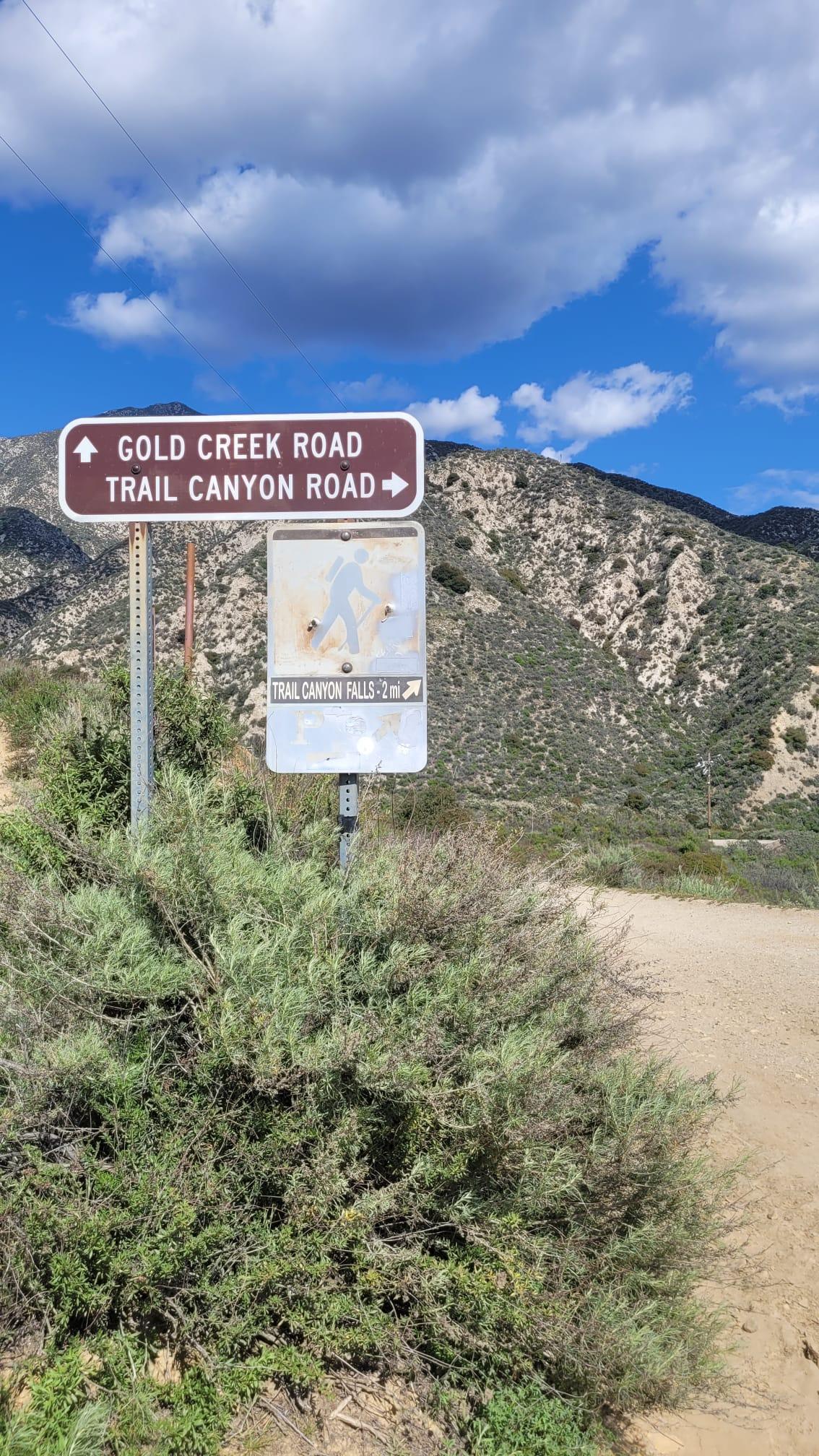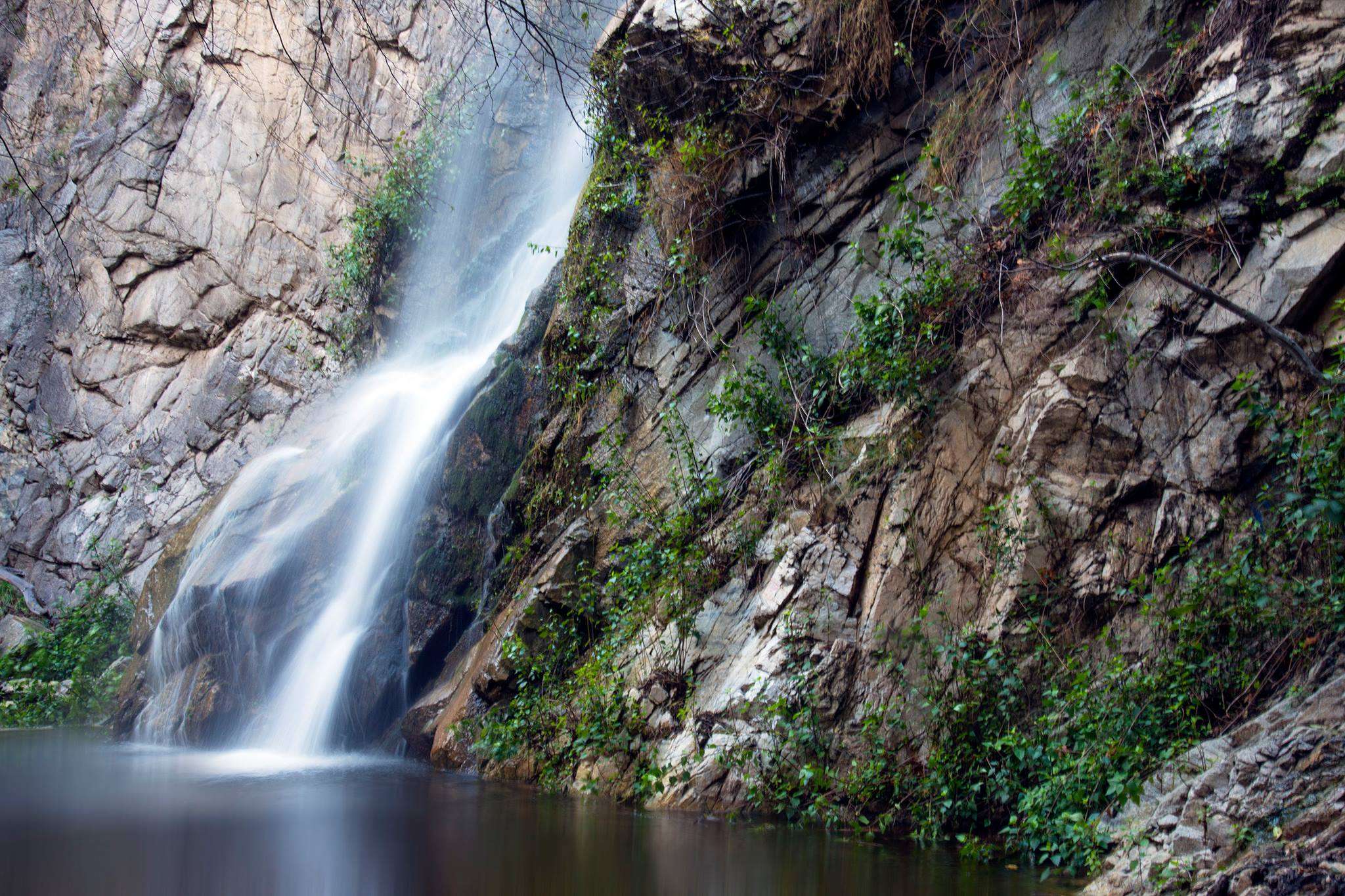The Angeles National Forest, spanning over 700,000 acres, sees numerous hikers lose their way each year. With a 40% increase in search and rescue missions over the past five years, the Los Angeles County Sheriff’s Department responded to 723 incidents in 2018 alone. This article provides crucial information on prevention, survival tactics, and rescue procedures for hikers who find themselves lost in this vast wilderness.
What Are the Key Statistics on Lost Hikers in Angeles National Forest?

The Angeles National Forest has seen a significant increase in search and rescue operations in recent years:
- 723 search and rescue missions in 2018
- 40% increase in missions compared to five years prior
- About 25% of missions initiated by cell phone calls from victims
- Seven search and rescue teams operated by Los Angeles County Sheriff’s Department
- Volunteer teams like Montrose Search & Rescue play a crucial role
These statistics highlight the importance of proper preparation and safety measures for hikers venturing into the forest.
How Can Hikers Prevent Getting Lost?

Prevention is key when it comes to hiking safety. Here are essential steps to avoid getting lost:
- Plan your route thoroughly
- Inform someone of your itinerary
- Carry proper navigation tools
- Stay on marked trails
- Hike with a buddy
- Check weather conditions before departure
- Carry sufficient water and food
- Wear appropriate clothing and footwear
- Start early to avoid hiking after dark
- Know your physical limits
What Essential Gear Should Hikers Carry?
Every hiker should pack the following 10 essentials:
- Navigation tools (map, compass, GPS)
- Sun protection (sunglasses, sunscreen, hat)
- Insulation (extra clothing)
- Illumination (headlamp/flashlight)
- First-aid supplies
- Fire (waterproof matches/lighter/candles)
- Repair kit and tools
- Nutrition (extra food)
- Hydration (extra water)
- Emergency shelter
Additionally, carrying a fully charged cell phone and a portable charger can be lifesaving in emergency situations.
What Are the Immediate Steps if a Hiker Becomes Lost?
If you find yourself lost in Angeles National Forest, follow these steps:
- Stay calm and don’t panic
- Stop moving and assess your situation
- Use your cell phone to call for help if you have service
- Activate your GPS device if you have one
- Try to determine your last known location
- If you can’t call for help, stay put in a safe, visible location
- Make yourself visible (use bright clothing or create a signal)
- Conserve your resources (food, water, and battery life)
- Listen for sounds of rescuers or civilization
How Does the Search and Rescue Process Work in Angeles National Forest?
The search and rescue process in Angeles National Forest is well-organized and efficient:
- Activation: Usually triggered by a distress call or reported overdue hiker
- Initial Assessment: Gathering information about the lost hiker and last known location
- Resource Deployment: Dispatching appropriate teams and equipment
- Search Operations: Systematic search of the area using various methods
- Rescue and Extraction: Once found, providing necessary medical care and safe extraction
The Los Angeles County Sheriff’s Department coordinates these efforts, often utilizing GPS data from cell phones to locate lost hikers quickly.
What Are the Most Common Reasons Hikers Get Lost?
Understanding common pitfalls can help hikers avoid dangerous situations:
- Lack of proper planning
- Overestimating physical abilities
- Inadequate navigation skills
- Failure to stay on marked trails
- Weather changes
- Injuries or medical emergencies
- Equipment failure
- Darkness or poor visibility
- Distractions (e.g., taking photos)
- Separation from hiking group
How Can Hikers Improve Their Navigation Skills?
Improving navigation skills is crucial for safe hiking:
- Learn to read topographic maps
- Practice using a compass
- Familiarize yourself with GPS devices
- Study the trail map before your hike
- Take a wilderness navigation course
- Use smartphone apps for navigation (but don’t rely solely on them)
- Learn to identify landmarks and natural features
- Practice orienteering in familiar areas
- Understand how to use the sun and stars for direction
- Always carry backup navigation tools
What Are the Most Challenging Trails in Angeles National Forest?
Some trails in Angeles National Forest are particularly challenging and require extra caution:
| Trail Name | Difficulty | Length | Elevation Gain | Key Challenges |
|---|---|---|---|---|
| Mount Baldy | Very Difficult | 11.3 miles | 3,990 ft | Steep terrain, altitude, weather changes |
| Bridge to Nowhere | Moderate | 10 miles | 900 ft | River crossings, remote location |
| Mount Wilson Trail | Difficult | 14.5 miles | 5,640 ft | Steep ascent, long distance |
| Devil’s Backbone Trail | Very Difficult | 12.9 miles | 3,800 ft | Narrow ridges, exposure to elements |
| Strawberry Peak | Difficult | 7.5 miles | 1,500 ft | Rock scrambling, steep sections |
These trails require advanced preparation, proper equipment, and excellent physical condition.
How Can Hikers Stay Safe in Extreme Weather Conditions?
Angeles National Forest can experience extreme weather conditions. Here’s how to stay safe:
- Check weather forecasts before your hike
- Dress in layers to adapt to changing temperatures
- Carry extra clothing for unexpected weather changes
- Know signs of heat exhaustion and hypothermia
- Seek shelter during thunderstorms
- Carry emergency blankets for cold conditions
- Stay hydrated in hot weather
- Avoid hiking during extreme heat or cold
- Be prepared for sudden weather changes at higher elevations
- Know when to turn back if conditions become dangerous
By following these guidelines and being prepared, hikers can significantly reduce their risk of getting lost or encountering dangerous situations in Angeles National Forest. Remember, safety should always be the top priority when exploring the wilderness.
